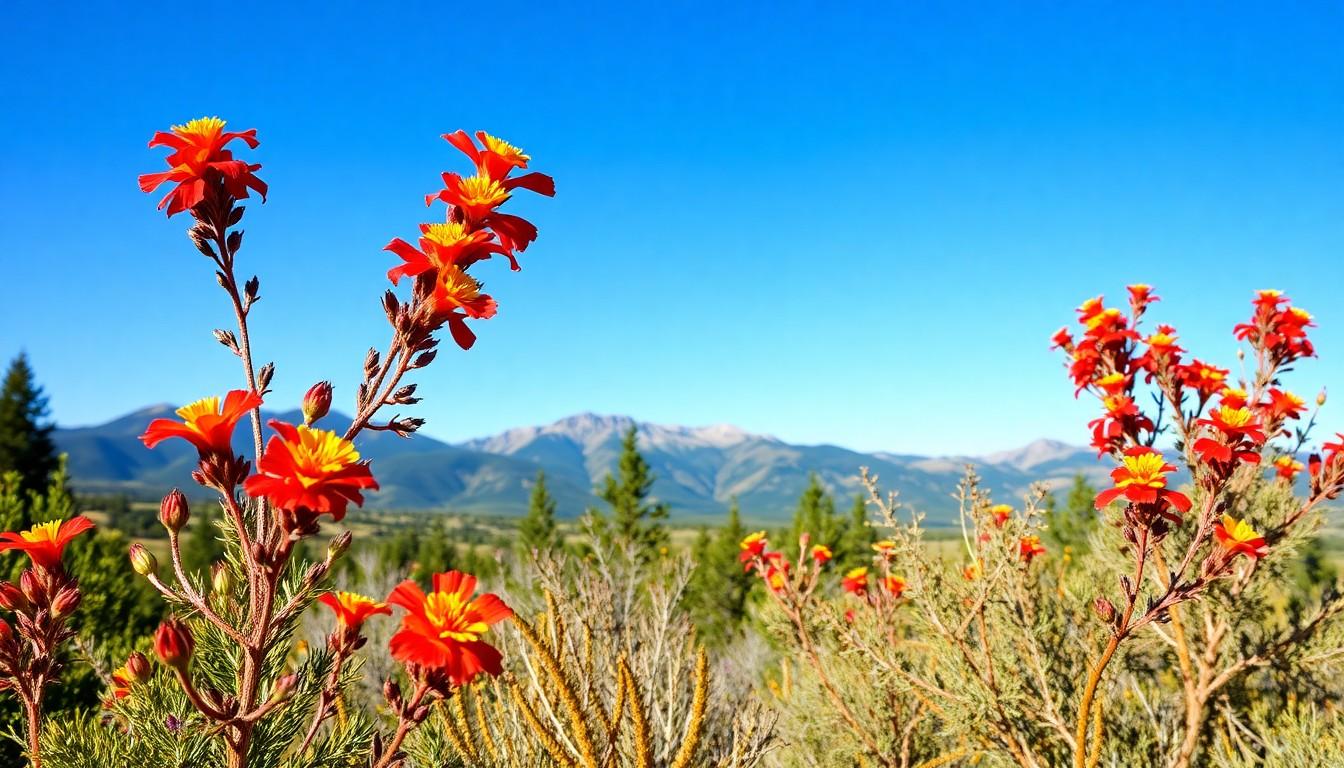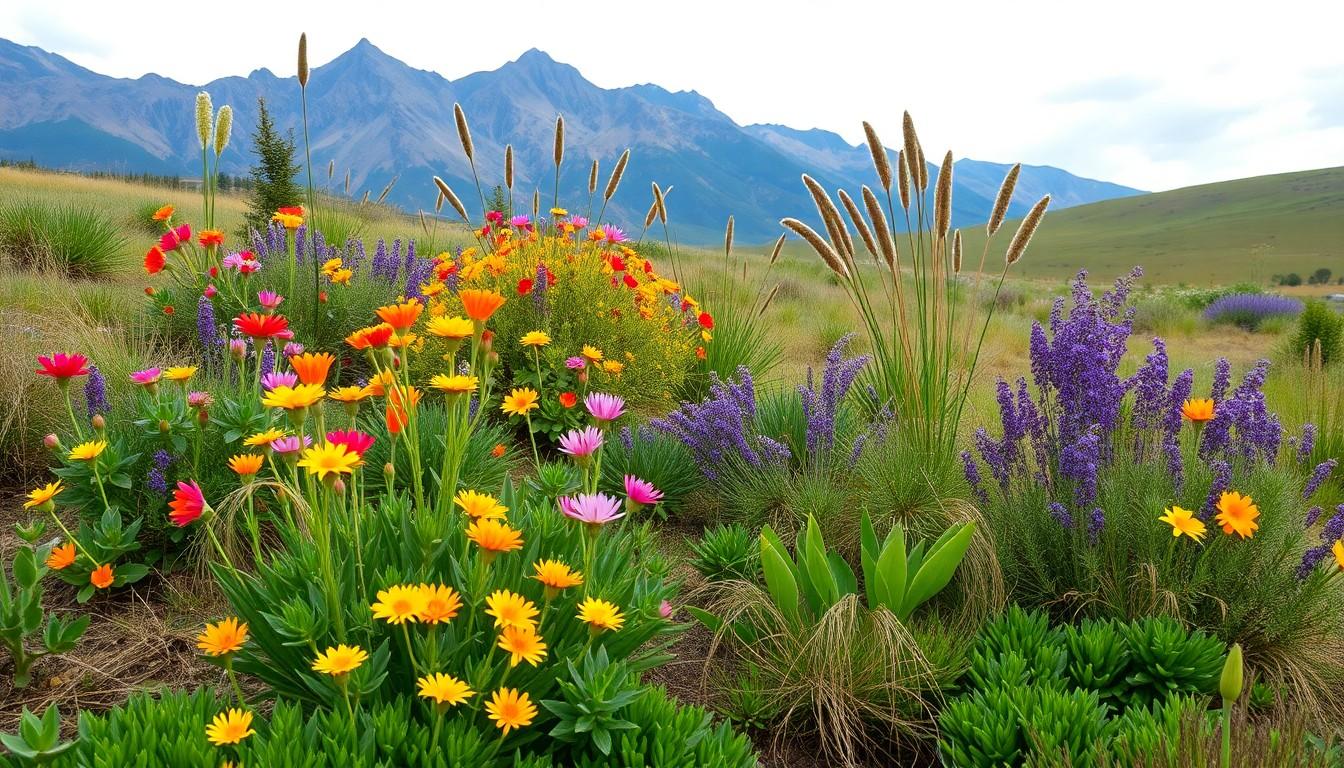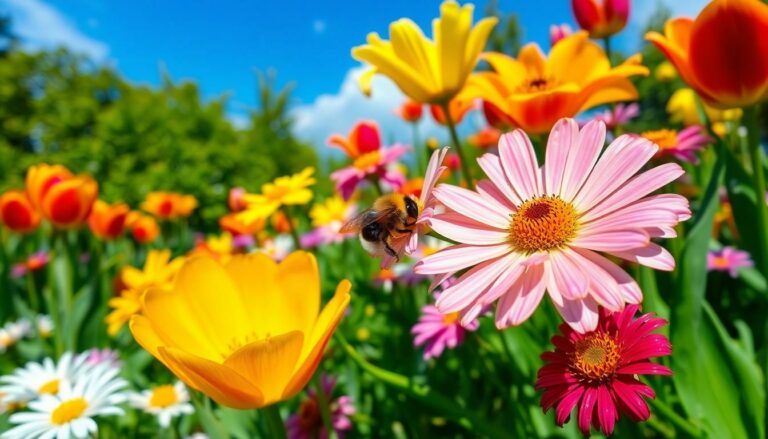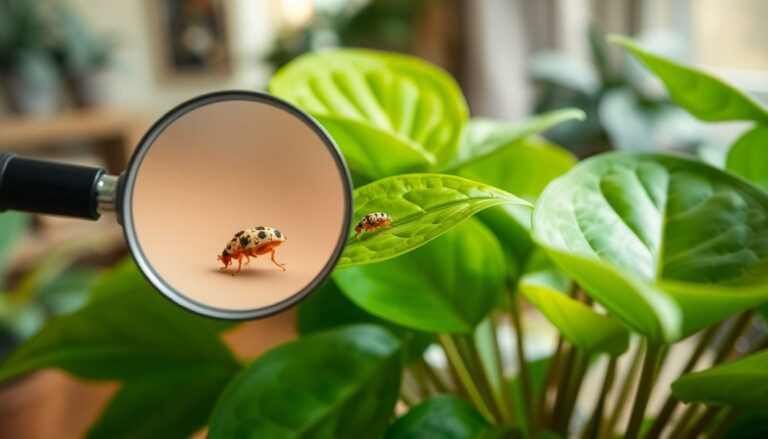
Plants Native to Colorado: Discover Their Beauty, Benefits, and Conservation Secrets
Imagine stepping into a vibrant world where the air is crisp, the skies are blue, and the plants are as unique as the people who love them. Colorado’s native plants are not just your average green companions; they’re the unsung heroes of the ecosystem, thriving in the state’s diverse climates. From the rugged Rockies to the sun-soaked plains, these botanical wonders have adapted to survive and even thrive in some of the most challenging conditions.
But don’t let their tough exteriors fool you. These plants bring beauty, resilience, and a touch of Colorado charm to gardens and landscapes. Whether you’re a seasoned gardener or just someone who appreciates nature’s quirks, discovering native plants can transform any space into a stunning showcase of local flora. So grab your gardening gloves and get ready to explore the colorful, quirky world of Colorado’s native plants.
Overview of Plants Native to Colorado
Colorado’s native plants thrive in a variety of ecosystems. The state’s diverse geography, from mountains to foothills to high plains, supports a wealth of flora. Some notable species include the Blue Columbine, which serves as the state flower, and the Rocky Mountain Juniper, known for its hardiness.
Adaptations allow these plants to withstand Colorado’s unique climate. For instance, many native varieties possess deep root systems that access moisture in arid conditions. Additionally, these plants exhibit drought resistance, making them suitable for sustainable gardening.
Wildflowers play an integral role in the Colorado landscape. Indian Paintbrush and Prairie Coneflower attract pollinators, enhancing the ecological balance. These vibrant colors brighten meadows and parks, showing the beauty of native flora.
Small shrubs, such as Serviceberry, also contribute to the ecosystem. They provide berries for wildlife, supporting avian species and other fauna. Grass species like Blue Grama thrive in the grasslands, offering habitat and forage.
The sustainability of local plants supports biodiversity. Native species require less maintenance and water than non-natives, promoting environmentally friendly gardening practices. Using native plants in landscaping fosters resilience and attracts pollinators, ensuring healthy ecosystems.
Exploring native plants enriches one’s appreciation for Colorado’s natural beauty. Understanding these species enhances not only personal gardens but also contributes to broader conservation efforts. Individuals interested in gardening can discover a fulfilling journey through the native plant community.
Importance of Native Plants

Native plants enhance ecosystems by providing vital services. Their presence supports local wildlife and promotes a balanced environment.
Environmental Benefits
Native plants improve soil health and support pollinator populations. They adapt to Colorado’s varied climates, requiring less water than non-native species. Deep root systems protect against erosion while maintaining moisture. Biodiversity thrives in areas rich with native flora, creating habitats for insects, birds, and small mammals. Additionally, these plants filter air and water, contributing to overall ecosystem stability. The result is healthier landscapes that combat climate change impacts.
Economic Benefits
Landscaping with native plants reduces maintenance costs for homeowners and municipalities. Native plants typically require fewer resources, lowering irrigation expenses. Industries focused on native plant landscaping create jobs while fostering local nurseries. By attracting tourists, native plant trails and gardens boost local economies. Furthermore, many native species support agricultural practices, enhancing crop diversity and resilience. Investing in native plants leads to sustainable practices that benefit both the community and nature.
Common Types of Plants Native to Colorado
Colorado’s diverse geography supports various native flora. These plants thrive in various habitats and showcase the state’s unique ecosystem.
Wildflowers
Wildflowers add vibrant colors to Colorado landscapes. The Indian Paintbrush, with its brilliant red and orange hues, symbolizes the region’s beauty. Prairie Coneflower attracts numerous pollinators, including bees and butterflies. Other notable wildflowers include Blanket Flower and Bluebell, both known for their resilience in harsh climates. These species flourish in meadows, open fields, and along roadsides, contributing to biodiversity.
Shrubs
Shrubs are vital for wildlife and ecosystem stability. Serviceberry provides delicious berries that many birds and mammals enjoy. This hardy shrub displays beautiful white flowers in spring, further enhancing the landscape. Other significant shrubs include Rabbitbrush and Red-osier Dogwood, which support various insects and animals. These plants thrive in both dry and wet soil conditions, showcasing adaptability to Colorado’s changing climates.
Trees
Trees in Colorado range from towering pines to hardy junipers. The Ponderosa Pine stands among the most iconic, providing habitat and shade in mountainous regions. Aspens, known for their stunning white bark and golden leaves, create breathtaking autumn scenery. Rocky Mountain Juniper offers drought resistance, making it ideal for arid areas. These trees play crucial roles in soil health and carbon storage. Each species contributes to Colorado’s rich ecological fabric, supporting both wildlife and local communities.
Unique Adaptations of Colorado Native Plants
Colorado’s native plants exhibit unique adaptations that enable survival in diverse environments. Deep root systems allow them to access moisture from underground sources. These roots also anchor the plants, providing stability against strong winds and erosion prevalent in mountainous regions.
Many species possess drought-resistant features. Thick, waxy leaves minimize water loss, while some plants, like the Prickly Pear Cactus, store moisture in their tissues. Colorful wildflowers, such as the Blue Columbine, adapt their blooming periods to coincide with available pollinators, ensuring effective reproduction.
Another adaptation includes seasonal growth cycles. Certain grasses and shrubs go dormant during harsher winter months. They re-emerge once temperatures rise, maximizing growth during Colorado’s short growing season.
Some plants employ strategies for temperature regulation. Leaf orientation changes to absorb sunlight and retain heat, essential in mountain terrains with fluctuating weather.
Specialized structures also enhance reproduction. For instance, the Indian Paintbrush utilizes a hemiparasitic strategy, drawing nutrients from neighboring plants while contributing to the ecosystem’s overall health.
Resistance to pests and diseases marks another key adaptation. Built-in defenses deter herbivores and pathogens, safeguarding these plants’ survival.
Collectively, these adaptations highlight the remarkable resilience of Colorado’s native flora. Understanding these characteristics enriches one’s appreciation of the state’s biodiversity and promotes the importance of conserving these vital species.
Conservation Efforts for Native Flora
Conservation efforts for Colorado’s native plants focus on preserving biodiversity and promoting ecosystem sustainability. Organizations like the Colorado Native Plant Society advocate for education and awareness about native flora. Local nurseries often provide resources for acquiring native plants, encouraging their use in landscaping.
In addition, various governmental and non-profit initiatives work to restore habitats that support these plants. Programs emphasize planting native species in urban environments to enhance local ecosystems. Research shows that native plants improve soil health and support essential pollinator populations.
Efforts include seed banking and propagation, enabling the preservation of rare or endangered species. Partnerships among citizens, environmental groups, and government agencies are crucial for successful conservation. Restoration projects often target areas affected by urban development and invasive species, which threaten native flora.
Monitoring programs track the health of native populations and assess the effectiveness of conservation strategies. Community involvement plays a vital role in these initiatives, fostering local stewardship. Schools and educational programs often involve students in planting native gardens and participating in habitat restoration.
Collaboration among stakeholders helps secure funding for conservation projects. By promoting events that highlight the beauty and benefits of native plants, communities gather support for ongoing efforts. Maintaining and enhancing Colorado’s natural ecosystems rely on these proactive measures.
Conclusion
Embracing Colorado’s native plants not only enhances local landscapes but also supports vital ecosystems. Their unique adaptations allow them to thrive in diverse environments while offering essential services like soil health and pollinator support. By choosing native species for gardening and landscaping, individuals contribute to sustainable practices that benefit both the environment and the community.
Conservation efforts play a crucial role in preserving these remarkable plants, ensuring that future generations can enjoy Colorado’s rich biodiversity. Investing in native flora fosters a deeper connection to the state’s natural beauty and promotes a balanced ecosystem that supports wildlife. As awareness grows, so does the opportunity to make a positive impact on the environment through thoughtful choices in plant selection.



